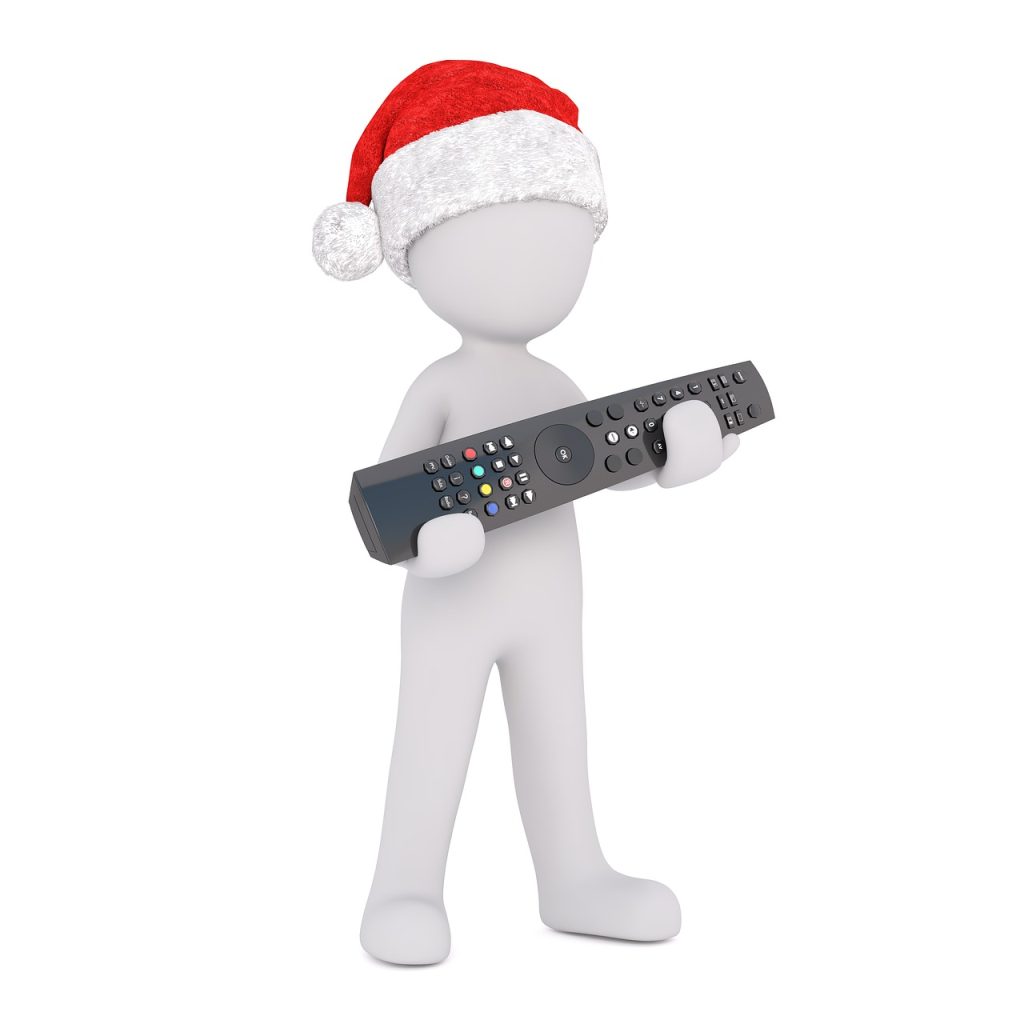Have you ever picked up your TV remote to change the channel, only to realize that it’s also controlling your LED lights? This might seem like magic, but it’s actually the result of infrared technology. Infrared technology is all around us, and it’s used in various everyday devices like TV remotes and LED lights. But how does it work? And why does your TV remote have the power to control your LED lights?
This blog post will explore the science behind infrared technology and how it’s used in TV remotes and LED lights. We’ll also discuss some of the potential problems that can arise when using TV remotes to control LED lights and offer solutions for troubleshooting these issues. By the end of this post, you’ll have a better understanding of infrared technology’s role in our daily lives and how it can be used to make our homes more convenient and efficient.
So, let’s dive in and learn more about the mysterious power of TV remotes and LED lights!
What is Infrared Technology?
Infrared technology is a type of wireless communication that uses electromagnetic waves to transmit information. These waves are invisible to the human eye, but we can feel their effects as heat. Infrared technology is used in a variety of devices, including TV remotes, LED lights, and thermostats.
The most basic form of infrared technology is the emission and detection of infrared waves. When an infrared device, such as a TV remote, sends out a signal, it emits a specific pattern of infrared waves. These waves are then received by another infrared device, such as an LED light or a TV, which can interpret the signal and perform the desired action.
Infrared technology is often used because it allows wireless communication over short distances. It’s also relatively simple and inexpensive to implement, making it an attractive option for many applications. In addition, infrared waves are not easily disrupted by physical barriers, such as walls, making it a reliable form of communication.
While infrared technology has been around for decades, it has continued to evolve and improve over time. Today, infrared technology is used in many devices, including smartphones, home security systems, and even some forms of transportation. Its versatility and widespread use make it an integral part of our daily lives, and we’ll likely continue to see new and innovative applications for infrared technology in the future.
How TV Remotes Use Infrared Technology
TV remotes are one of the most common and familiar examples of infrared technology in action. When you press a button on your TV remote, it sends out an infrared signal that your TV receives. The TV then interprets the signal and carries out the corresponding action, whether it’s turning on or off, changing the volume, or switching channels.
But how does the TV remote transmit these infrared signals? Most TV remotes use a small device called an infrared LED (light-emitting diode) to send out the signals. When you press a button on the remote, it sends a voltage to the infrared LED, which causes it to emit a specific pattern of infrared waves. These waves are then received by the TV’s infrared receiver, which interprets the signal and carries out the corresponding action.
TV remotes use infrared technology because it allows for wireless communication over short distances and is relatively simple to implement. In addition, infrared signals are not easily disrupted by physical barriers, such as walls, which makes them a reliable form of communication.
While TV remotes are a common and familiar example of infrared technology in action, they are just one of many devices that use this technology. In the next section, we’ll explore how TV remotes can also control LED lights through the use of infrared technology.
How LED Lights Can Be Controlled by TV Remotes
LED lights, or light-emitting diodes, are a type of energy-efficient lighting that uses semiconductor technology to convert electricity into light. Like TV remotes, LED lights can also be controlled using infrared technology.
The lights must be equipped with an infrared receiver to set up LED lights to be controlled by a TV remote. This receiver is responsible for detecting the infrared signals emitted by the TV remote and interpreting them to carry out the corresponding action.
Once the LED lights are set up with an infrared receiver, they can be controlled by a TV remote in the same way that a TV is controlled. For example, you can use your TV remote to turn the LED lights on or off, dim them, or change their color.
In addition to being controlled by TV remotes, LED lights can also be integrated into home automation systems and controlled through a smart home device, such as a smart speaker or smartphone. This allows for even greater convenience and control over your home lighting.
Infrared technology has many other potential applications in home automation, including the ability to control thermostats, security systems, and other smart home devices. Its versatility and widespread use make it an integral part of modern home automation systems.
Potential Problems and Solutions
While infrared technology is a reliable and convenient way to control TV remotes and LED lights, a few potential issues can arise. One common problem is interference from other infrared devices. If there are multiple infrared devices in the same room, they can sometimes interfere with each other and cause misdirected signals. This can result in the wrong device carrying out the wrong action, or no action at all.
Another issue that can arise is misdirected signals, which can occur when the infrared receiver is not pointed directly at the infrared LED. This can cause the signal to be weak or distorted, resulting in incorrect or incomplete actions.
To troubleshoot these issues, there are a few steps you can take. If you’re experiencing interference from other infrared devices, try moving them further away from the device you’re trying to control. You can also try using a different frequency for the infrared LED, as different frequencies are less likely to interfere with each other.
To fix misdirected signals, make sure the infrared receiver is pointed directly at the infrared LED. You can also try moving the devices closer together to improve signal strength.
In addition to these troubleshooting tips, you can also try using a universal remote, designed to work with a wide range of devices and help reduce interference and misdirected signals.
By following these steps, you can help ensure that your TV remote and LED lights are functioning properly and providing convenient and reliable control.
Conclusion: The Role of Infrared Technology in TV Remote Control of LED Lights
In this blog post, we’ve explored the science behind the mysterious power of TV remotes to control LED lights. We’ve learned that this phenomenon is made possible by infrared technology, a type of wireless communication that uses electromagnetic waves to transmit information.
We’ve also discussed how TV remotes use infrared technology to transmit signals to TVs and how LED lights can be set up with an infrared receiver to control TV remotes. In addition, we’ve discussed some potential problems that can arise when using TV remotes to control LED lights and offered solutions for troubleshooting these issues.
Overall, infrared technology is a versatile and widely used technology that plays a significant role in our daily lives. From TV remotes to home automation systems, infrared technology makes it possible to wirelessly control many devices and make our homes more convenient and efficient.
As we continue to learn about and explore the various applications of infrared technology, it’s important to understand how it works and how we can make the most of it in our daily lives. So, the next time you pick up your TV remote and notice that it’s also controlling your LED lights, you’ll better understand the science behind this phenomenon.
Frequently Asked Questions
Infrared technology uses electromagnetic waves to transmit information. When an infrared device, such as a TV remote, sends out a signal, it emits a specific pattern of infrared waves. These waves are then received by another infrared device, such as an LED light or a TV, which can interpret the signal and carry out the desired action.
Yes, it is best to ensure they are working and the right light output for your needs in your LED projects. You don’t want to finish your project and realize they aren’t the right LEDs.
In order for TV remotes to control LED lights, the lights must be equipped with an infrared receiver. If the LED lights are not set up with an infrared receiver, they will not be able to receive and respond to signals from a TV remote.
Infrared technology is relatively resistant to disruption by physical barriers, such as walls. However, certain materials, such as metal or thick concrete, can block or reflect infrared signals.
Some potential problems when using TV remotes to control LED lights include interference from other infrared devices and misdirected signals.
To troubleshoot these issues, you can try moving other infrared devices further away, using a different frequency for the infrared LED, making sure the infrared receiver is pointed directly at the infrared LED, and using a universal remote.
In addition to being controlled by TV remotes, LED lights can also be integrated into home automation systems and controlled through a smart home device, such as a smart speaker or smartphone. This allows for even greater convenience and control over your home lighting.












